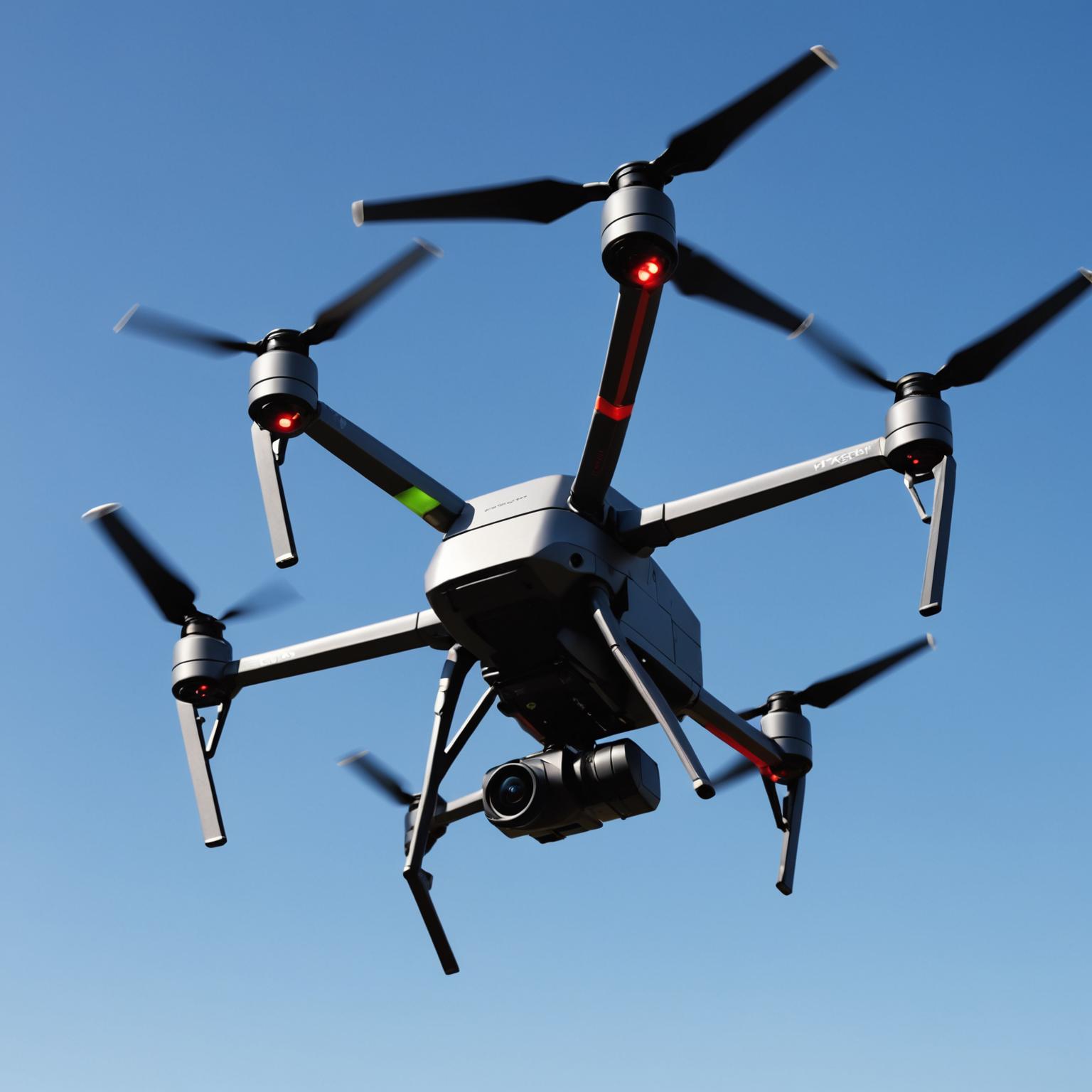Advanced Millimeter-Wave Radar Technology
Millimeter-wave radar technology has revolutionized the way drones navigate and operate. This sophisticated technology is at the core of modern aerial devices, providing precise and reliable information about the environment, thereby enhancing flight safety and operational efficiency. By utilizing high-frequency radio waves, millimeter-wave radar offers detailed detection and measurement of surrounding objects, making it an indispensable component in drone obstacle avoidance systems.
Drone Obstacle Avoidance Systems
Incorporating millimeter-wave radar into drone designs has significantly improved obstacle detection and avoidance capabilities. This radar technology allows drones to accurately assess the position and distance of nearby objects, including moving elements, enabling the drone to adjust its flight path autonomously. This enhancement is critical for navigating complex terrains safely and effectively. These capabilities are crucial for professionals and enthusiasts who depend on drones for aerial photography or videography, allowing for seamless and uninterrupted operations.
Enhancing UAV Navigation Techniques
Millimeter-wave radar technology boosts UAV navigation techniques by providing robust data that informs the onboard navigation systems. With radar sensing applications, drones can perform autonomous flight solutions where manual intervention is minimized. These applications ensure drones can seamlessly integrate into various environments, adapting to challenges such as changing weather conditions or unexpected obstacles. Millimeter-wave radar empowers UAVs to operate with a precision that translates into smooth, hassle-free flights.
Innovative Radar Sensing Applications
The applications of radar sensing technology extend beyond simple navigation. In addition to ensuring safe flight paths, this technology helps drones participate in more complex operations such as aerial mapping and environmental monitoring. By capturing detailed radar data about surface textures and atmospheric conditions, drones provide insights that were previously unattainable. The integration of millimeter-wave radar with high-resolution cameras enhances the drone's ability to capture stunning visuals while maintaining awareness of its surroundings, offering creative opportunities once considered unreachable.
In conclusion, millimeter-wave radar technology is a pivotal advancement in the field of drone technology, offering substantial improvements in navigation, obstacle avoidance, and sensor applications. As the technology continues to evolve, it will further enable drones to explore new domains of creativity and discovery, staying true to the essence of modern innovation.



